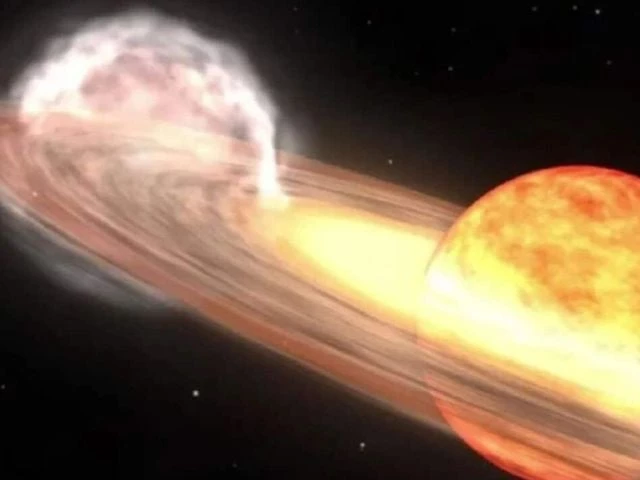Blaze Star to explode this year? Astronomers say signs point to a 2025 nova
Blaze Star in Corona Borealis may erupt in 2025, offering rare nova sighting visible to the naked eye.

Astronomers are closely monitoring T Coronae Borealis — also known as the Blaze Star — for a rare nova event expected to occur in 2025. Originally anticipated for March 27, the eruption has yet to happen. New estimates by Jean Schneider of the Paris Observatory suggest the explosion could occur as late as November 10, based on orbital data and the system’s past behavior.
The Blaze Star is a binary system located in the constellation Corona Borealis, around 3,000 light-years from Earth. It consists of a red giant and a white dwarf — a dense, Earth-sized stellar remnant. The white dwarf steadily siphons material from its companion until a thermonuclear eruption occurs. While the explosion is dramatic, the white dwarf remains intact and begins accumulating matter again, restarting the decades-long cycle.
Historical eruptions were recorded in 1866 and 1946 — 80 years apart — which led astronomers to expect a third in the mid-2020s. Schneider’s projections, published in the Research Notes of the American Astronomical Society (October 2024), aim to narrow the prediction to within a week or two, though he acknowledges that precise timing is still uncertain.
Stargazers hoping to catch the celestial event should locate Corona Borealis in the night sky. The C-shaped constellation lies between the bright orange star Arcturus and the boxy shape of Hercules. When the nova occurs, the Blaze Star will briefly rival the constellation’s brightest star, Alphecca, reaching an apparent magnitude of 2.
Normally invisible to the naked eye, the Blaze Star will brighten by thousands of times over a few hours and fade after a few days. Skywatchers are advised to stay alert — the spectacle could begin at any time.

























COMMENTS
Comments are moderated and generally will be posted if they are on-topic and not abusive.
For more information, please see our Comments FAQ